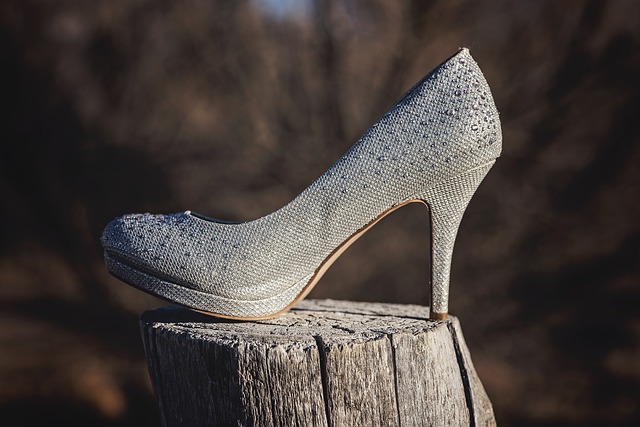April 6, 2018
How to Use Juxtaposition in Fiction
The word juxtaposition comes from the Latin juxta (meaning “next”) and the French poser (meaning “to place”). In other words, juxtaposition refers to the practice of arranging things next to each other. Now, in terms of writing and literature, juxtaposition refers to the way (usually) two elements are grouped in order to create a certain effect. In today’s article we’ll take a look at juxtaposition. Particularly, I’ll give you tips on how to use juxtaposition in fiction.

Some Examples of Juxtaposition
The greatest creative effect of juxtaposition comes from combining elements that are naturally incongruous. In other words, to make an exclamation point the writer often groups together elements that are somewhat conflicting. Those interested in theoretical foundations, can also take a look at my article on the grotesque in literature.
Let’s see an example of juxtaposition. Consider the following two cases.
Case A
John felt a shiver down his spine when he saw the car stopping. The door opened, and a woman came out. She wore a bright pink blouse with red dots. Her eyes were threatening and gloomy, made even darker by the impenetrable overcast above. She waited for the pastel blue ice-cream truck to pass by, then she crossed the road.
Case B
John felt a shiver down his spine when he saw the car stopping. The door opened, and a woman came out. She wore a dark blue blouse with black dots. Her eyes were threatening and gloomy, made even darker by the impenetrable overcast above. She waited for the dark grey truck to pass by, then she crossed the road.
An observer might instinctively think that the accumulation of similar elements would enhance their effect. In this example, one would expect that dark clothes and a dark grey truck (Case B) would facilitate the feeling of threat. And yet, as you can see, the opposite is the case. It is the incongruity of grouping together pink and a cute ice-cream truck that enhances the disturbing feeling.
Of course, in some cases instead of a disturbing feeling we get catharsis. See my post on how The Owl House uses color juxtaposition to achieve that.
How to Use Juxtaposition in Fiction: Some Quick Tips
Juxtaposition: a Destabilizing Effect
In order to successfully implement juxtaposition in your writing, remember this: Juxtaposition usually causes a destabilizing effect. In other words, juxtaposition (in the sense I showed you with the examples above) functions as something that “disrupts” the flow of text around it. It causes you to pay attention to something that, in other circumstances, you would either miss or downplay.
Of course, this means two things:
- You should use this sparingly, otherwise it loses its meaning.
- You shouldn’t use it if you want the reader to notice something else in the same context.
Pace, Rhythm, and Timing
That is to say, learn to time your “exclamation points” – either based on juxtaposition or, say, on tense usage. To learn how to use juxtaposition in fiction, you must have a feel for pace, rhythm, and timing. To an extent this comes with experience. But the following quick tips might help you:
- The beginning and end of text structures (paragraphs and chapters, for instance) are liminal points, narratively speaking. They are like checkpoints, in a sense. Using juxtaposition there greatly enhances their “attention-grabbing” qualities. This may or may not be something you intend.
- The more even and homogeneous a text structure around a juxtaposition, the greater the effect. For instance, if you must offer a long description of some setting, make sure to throw in some destabilizing juxtaposition in the middle, just to… keep the reader awake.
- One trick on how to use juxtaposition in fiction is to learn how to creatively mislead the reader. The effect of a destabilizing juxtaposition can be enhanced if it’s offered as an element that breaks a repetition pattern. To take our example cases further above, the passage of the ice-cream truck will come off as even more destabilizing if in 2-3 similar previous scenes the function of the passing vehicle is served by a “normal”, dull, ordinary truck instead.
I don't show you ads or newsletter pop-ups; everything is offered for free. Wanna help support a human internet?
